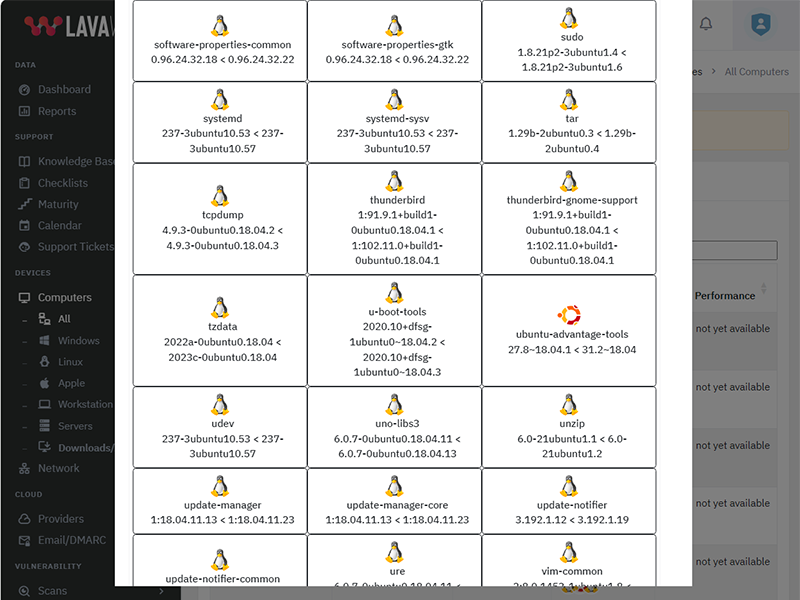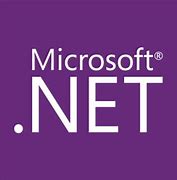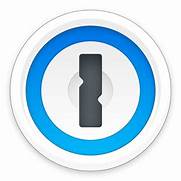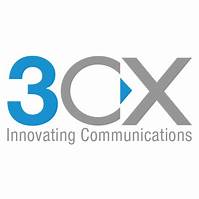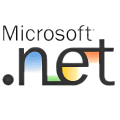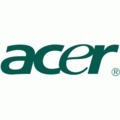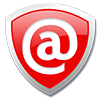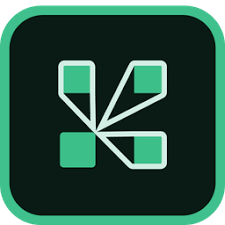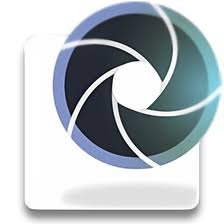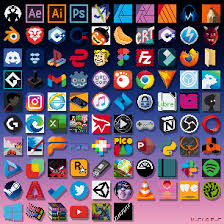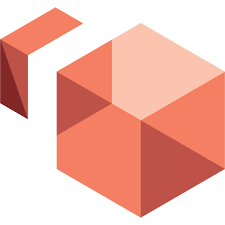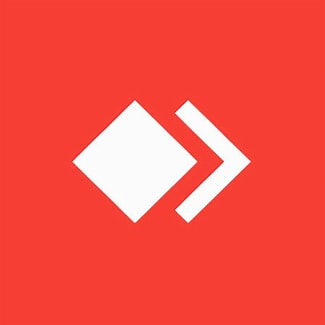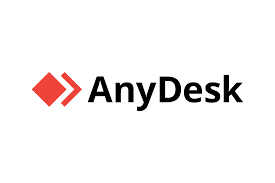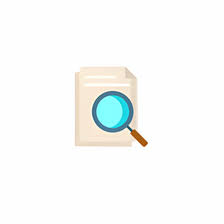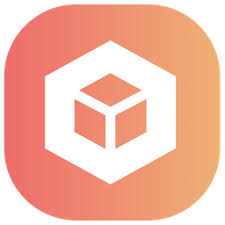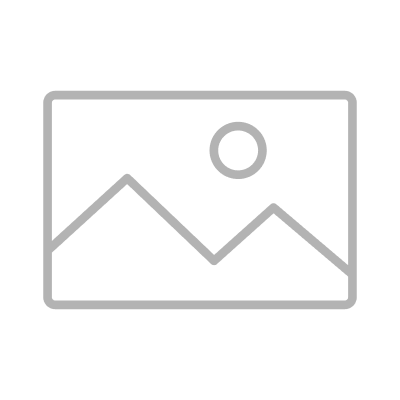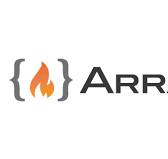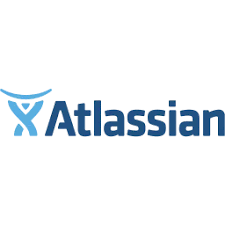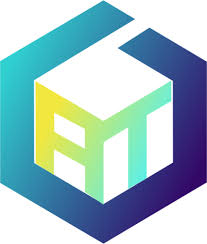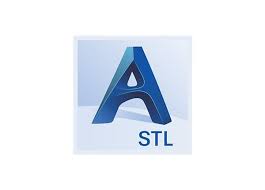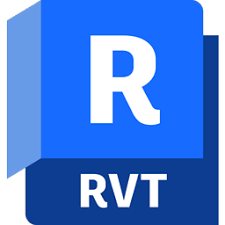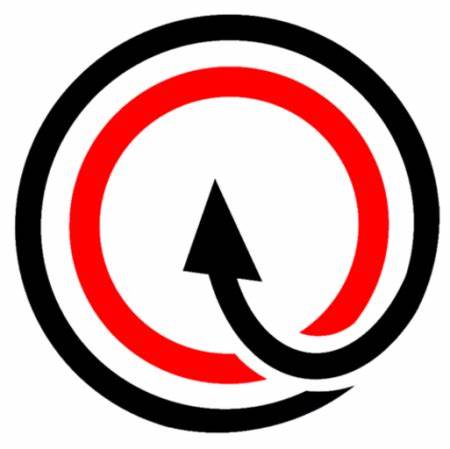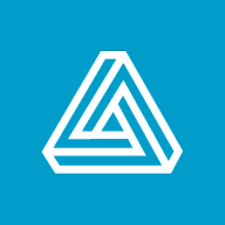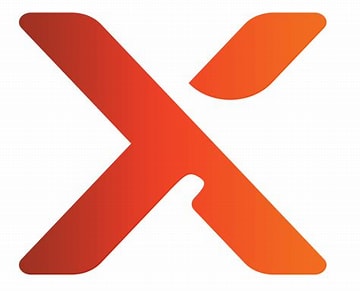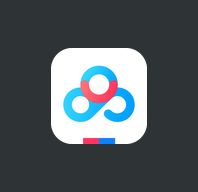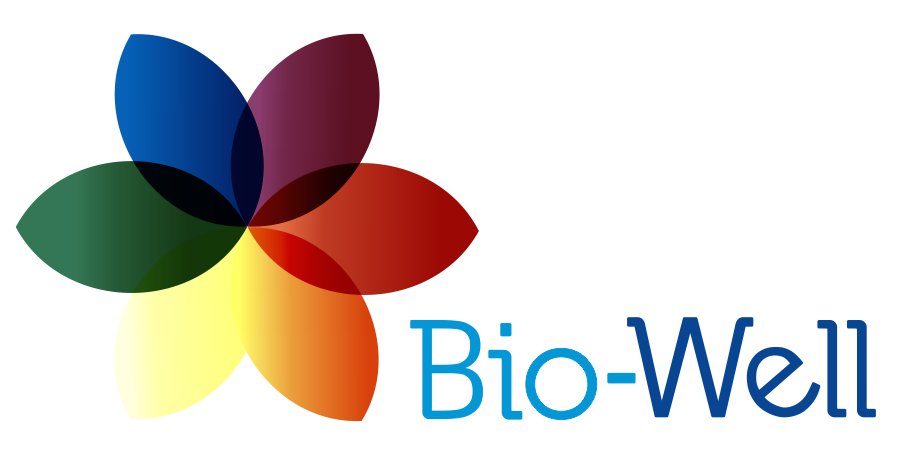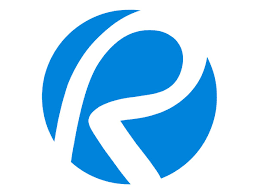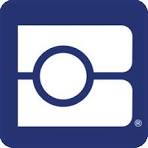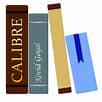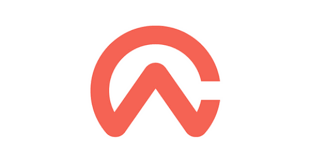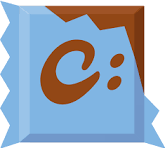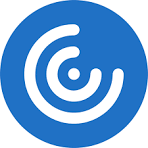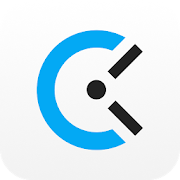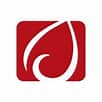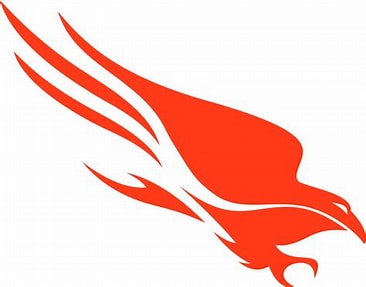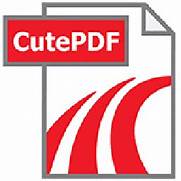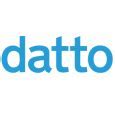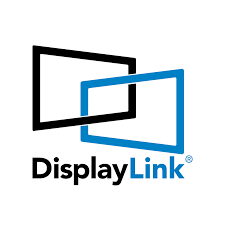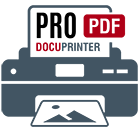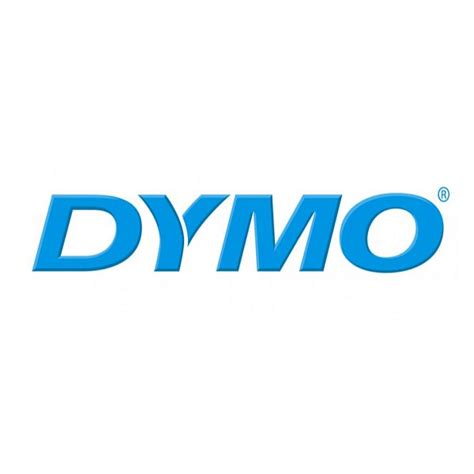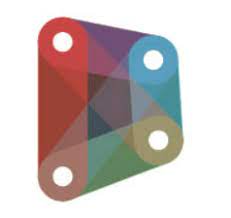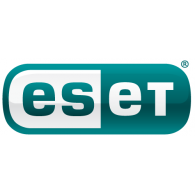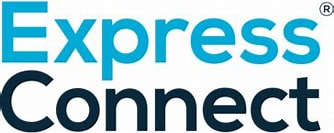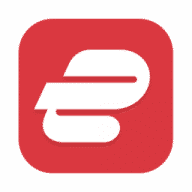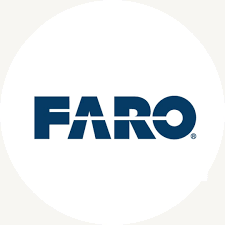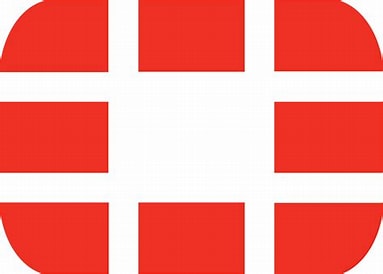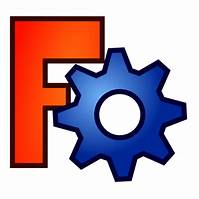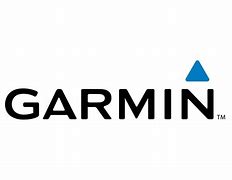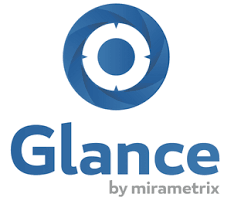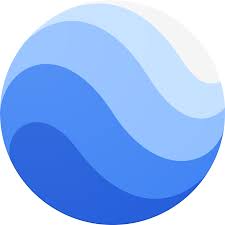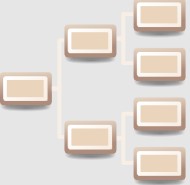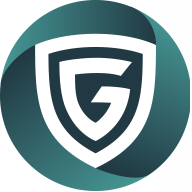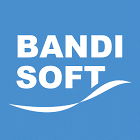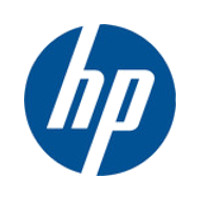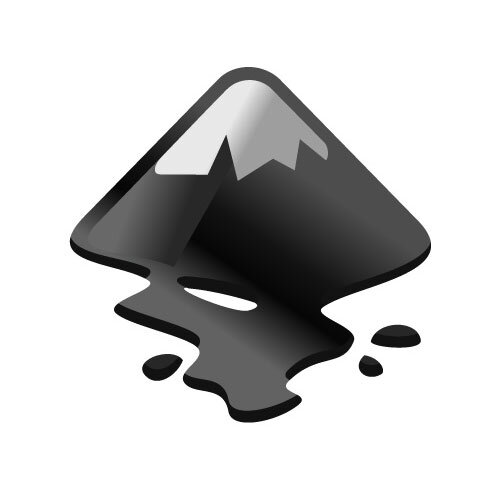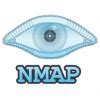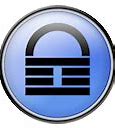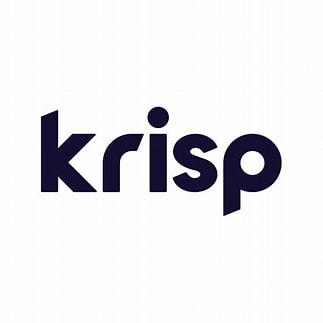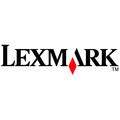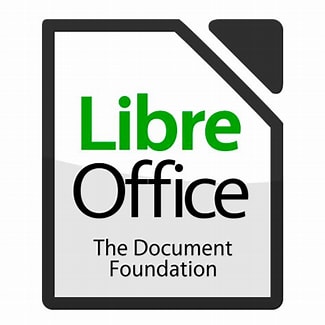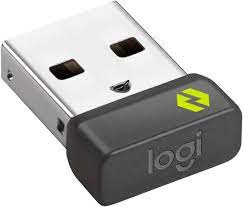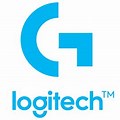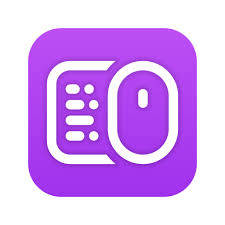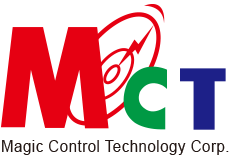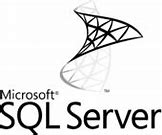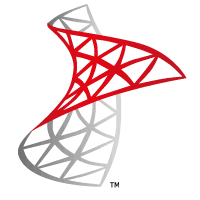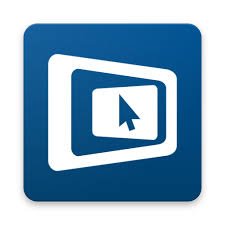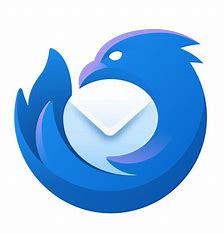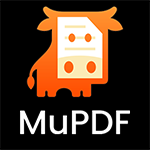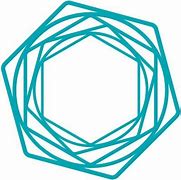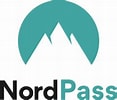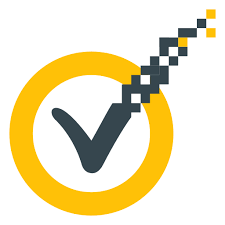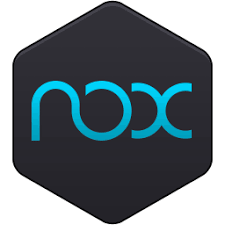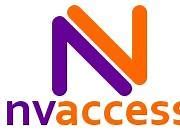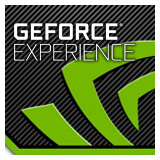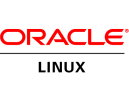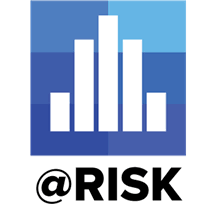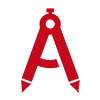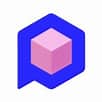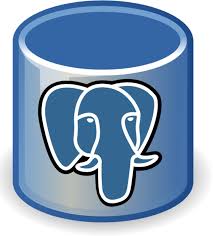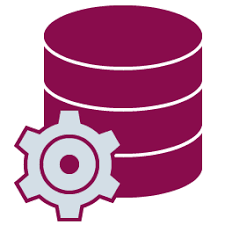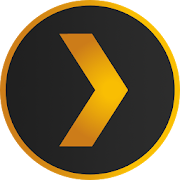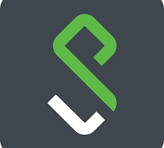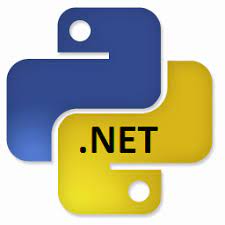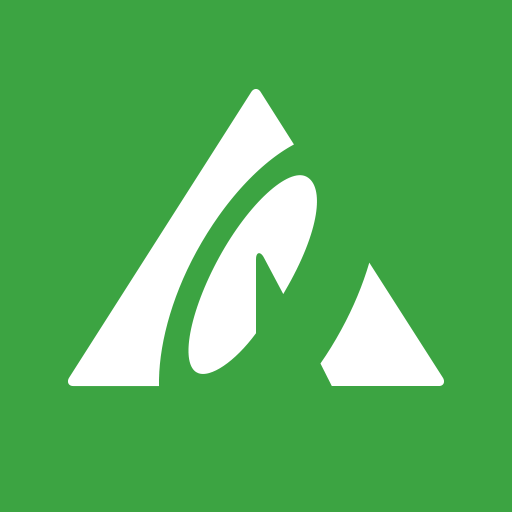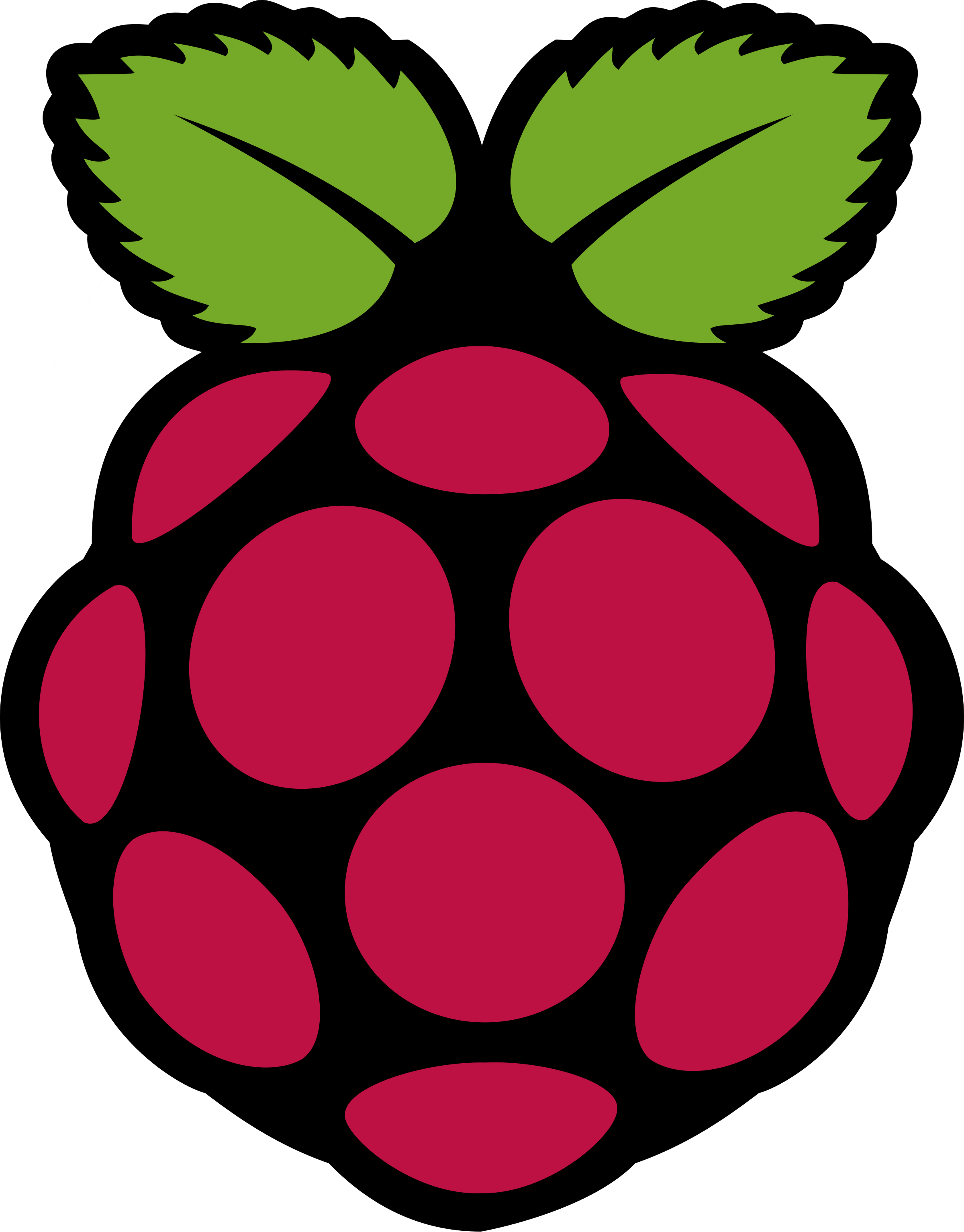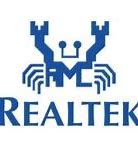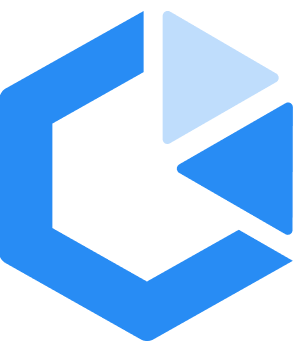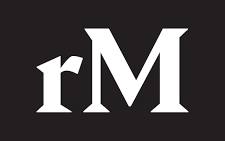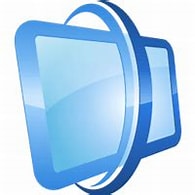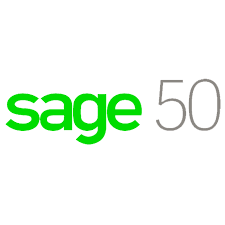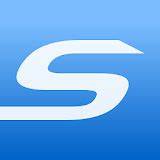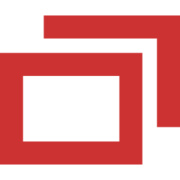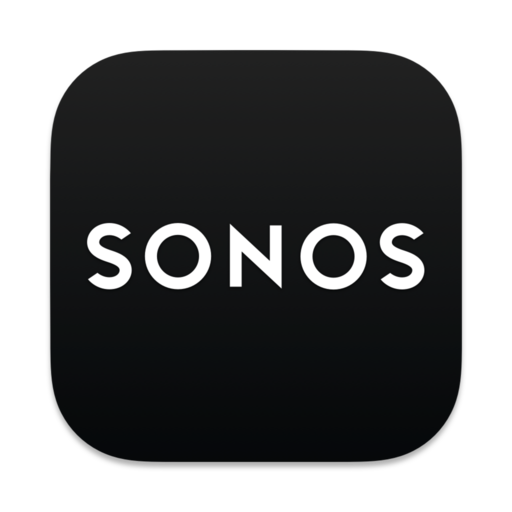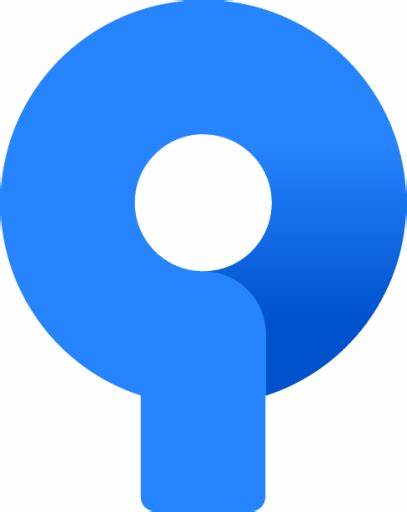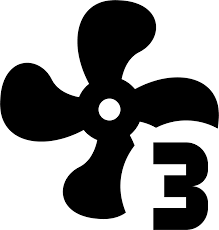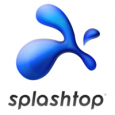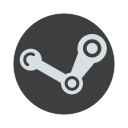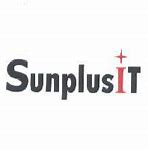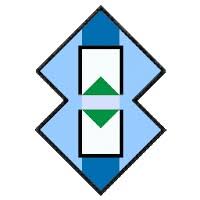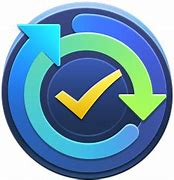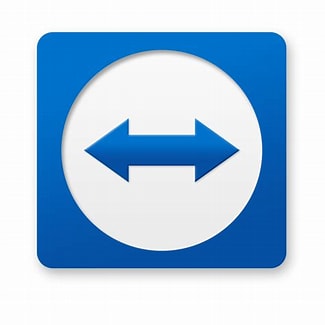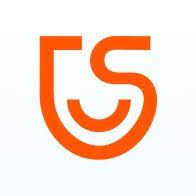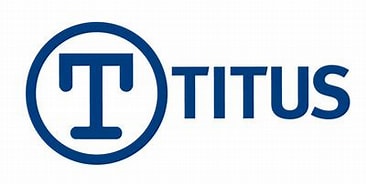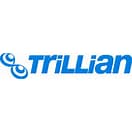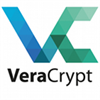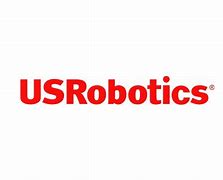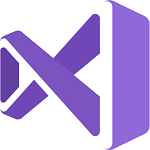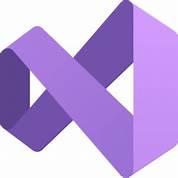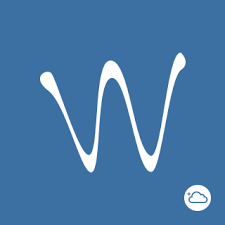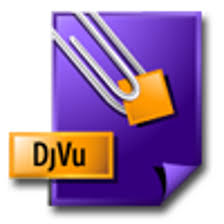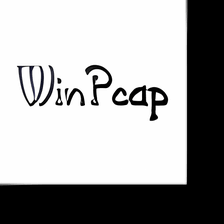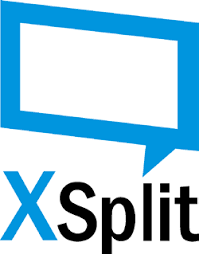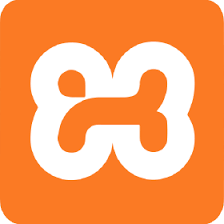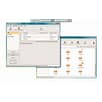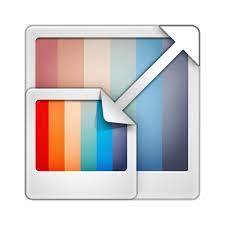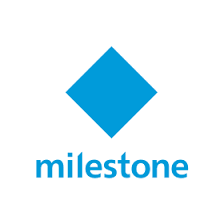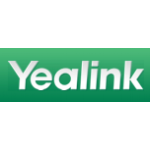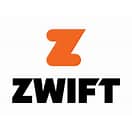
Update Go Language to version 1.23.1
What patches are you missing?
CVE Vulnerabilities for Go Language
| CVE | Published | Severity | Details | Exploitability | Impact | Vector |
| CVE‑2025‑0913 | 2025‑06‑11 18:15:25 | MEDIUM (6) | os.OpenFile(path, os.O_CREATE|O_EXCL) behaved differently on Unix and Windows systems when the target path was a dangling symlink. On Unix systems, OpenFile with O_CREATE and O_EXCL flags never follows symlinks. On Windows, when the target path was a symlink to a nonexistent location, OpenFile would create a file in that location. OpenFile now always returns an error when the O_CREATE and O_EXCL flags are both set and the target path is a symlink. | 2 | 4 | LOCAL |
| CVE‑2024‑3566 | 2024‑04‑10 16:15:16 | CRITICAL (10) | A command inject vulnerability allows an attacker to perform command injection on Windows applications that indirectly depend on the CreateProcess function when the specific conditions are satisfied. | 4 | 6 | NETWORK |
| CVE‑2023‑45284 | 2023‑11‑09 17:15:09 | MEDIUM (5) | On Windows, The IsLocal function does not correctly detect reserved device names in some cases. Reserved names followed by spaces, such as "COM1 ", and reserved names "COM" and "LPT" followed by superscript 1, 2, or 3, are incorrectly reported as local. With fix, IsLocal now correctly reports these names as non-local. | 4 | 1 | NETWORK |
| CVE‑2023‑45283 | 2023‑11‑09 17:15:09 | HIGH (8) | The filepath package does not recognize paths with a \??\ prefix as special. On Windows, a path beginning with \??\ is a Root Local Device path equivalent to a path beginning with \\?\. Paths with a \??\ prefix may be used to access arbitrary locations on the system. For example, the path \??\c:\x is equivalent to the more common path c:\x. Before fix, Clean could convert a rooted path such as \a\..\??\b into the root local device path \??\b. Clean will now convert this to .\??\b. Similarly, Join(\, ??, b) could convert a seemingly innocent sequence of path elements into the root local device path \??\b. Join will now convert this to \.\??\b. In addition, with fix, IsAbs now correctly reports paths beginning with \??\ as absolute, and VolumeName correctly reports the \??\ prefix as a volume name. UPDATE: Go 1.20.11 and Go 1.21.4 inadvertently changed the definition of the volume name in Windows paths starting with \?, resulting in filepath.Clean(\?\c:) returning \?\c: rather than \?\c:\ (among other effects). The previous behavior has been restored. | 4 | 4 | NETWORK |
| CVE‑2023‑39325 | 2023‑10‑11 22:15:10 | HIGH (8) | A malicious HTTP/2 client which rapidly creates requests and immediately resets them can cause excessive server resource consumption. While the total number of requests is bounded by the http2.Server.MaxConcurrentStreams setting, resetting an in-progress request allows the attacker to create a new request while the existing one is still executing. With the fix applied, HTTP/2 servers now bound the number of simultaneously executing handler goroutines to the stream concurrency limit (MaxConcurrentStreams). New requests arriving when at the limit (which can only happen after the client has reset an existing, in-flight request) will be queued until a handler exits. If the request queue grows too large, the server will terminate the connection. This issue is also fixed in golang.org/x/net/http2 for users manually configuring HTTP/2. The default stream concurrency limit is 250 streams (requests) per HTTP/2 connection. This value may be adjusted using the golang.org/x/net/http2 package; see the Server.MaxConcurrentStreams setting and the ConfigureServer function. | 4 | 4 | NETWORK |
| CVE‑2023‑39323 | 2023‑10‑05 21:15:11 | HIGH (8) | Line directives ("//line") can be used to bypass the restrictions on "//go:cgo_" directives, allowing blocked linker and compiler flags to be passed during compilation. This can result in unexpected execution of arbitrary code when running "go build". The line directive requires the absolute path of the file in which the directive lives, which makes exploiting this issue significantly more complex. | 2 | 6 | NETWORK |
| CVE‑2023‑24538 | 2023‑04‑06 16:15:08 | CRITICAL (10) | Templates do not properly consider backticks (`) as Javascript string delimiters, and do not escape them as expected. Backticks are used, since ES6, for JS template literals. If a template contains a Go template action within a Javascript template literal, the contents of the action can be used to terminate the literal, injecting arbitrary Javascript code into the Go template. As ES6 template literals are rather complex, and themselves can do string interpolation, the decision was made to simply disallow Go template actions from being used inside of them (e.g. "var a = {{.}}"), since there is no obviously safe way to allow this behavior. This takes the same approach as github.com/google/safehtml. With fix, Template.Parse returns an Error when it encounters templates like this, with an ErrorCode of value 12. This ErrorCode is currently unexported, but will be exported in the release of Go 1.21. Users who rely on the previous behavior can re-enable it using the GODEBUG flag jstmpllitinterp=1, with the caveat that backticks will now be escaped. This should be used with caution. | 4 | 6 | NETWORK |
| CVE‑2022‑41723 | 2023‑02‑28 18:15:10 | HIGH (8) | A maliciously crafted HTTP/2 stream could cause excessive CPU consumption in the HPACK decoder, sufficient to cause a denial of service from a small number of small requests. | 4 | 4 | NETWORK |
| CVE‑2022‑41722 | 2023‑02‑28 18:15:10 | HIGH (8) | A path traversal vulnerability exists in filepath.Clean on Windows. On Windows, the filepath.Clean function could transform an invalid path such as "a/../c:/b" into the valid path "c:\b". This transformation of a relative (if invalid) path into an absolute path could enable a directory traversal attack. After fix, the filepath.Clean function transforms this path into the relative (but still invalid) path ".\c:\b". | 4 | 4 | NETWORK |
| CVE‑2022‑41720 | 2022‑12‑07 17:15:10 | HIGH (8) | On Windows, restricted files can be accessed via os.DirFS and http.Dir. The os.DirFS function and http.Dir type provide access to a tree of files rooted at a given directory. These functions permit access to Windows device files under that root. For example, os.DirFS("C:/tmp").Open("COM1") opens the COM1 device. Both os.DirFS and http.Dir only provide read-only filesystem access. In addition, on Windows, an os.DirFS for the directory (the root of the current drive) can permit a maliciously crafted path to escape from the drive and access any path on the system. With fix applied, the behavior of os.DirFS("") has changed. Previously, an empty root was treated equivalently to "/", so os.DirFS("").Open("tmp") would open the path "/tmp". This now returns an error. | 4 | 4 | NETWORK |
| CVE‑2022‑41716 | 2022‑11‑02 16:15:11 | HIGH (8) | Due to unsanitized NUL values, attackers may be able to maliciously set environment variables on Windows. In syscall.StartProcess and os/exec.Cmd, invalid environment variable values containing NUL values are not properly checked for. A malicious environment variable value can exploit this behavior to set a value for a different environment variable. For example, the environment variable string "A=B\x00C=D" sets the variables "A=B" and "C=D". | 4 | 4 | NETWORK |
| CVE‑2022‑30634 | 2022‑07‑15 20:15:09 | HIGH (8) | Infinite loop in Read in crypto/rand before Go 1.17.11 and Go 1.18.3 on Windows allows attacker to cause an indefinite hang by passing a buffer larger than 1 << 32 - 1 bytes. | 4 | 4 | NETWORK |
| CVE‑2022‑30629 | 2022‑08‑10 20:15:41 | LOW (3) | Non-random values for ticket_age_add in session tickets in crypto/tls before Go 1.17.11 and Go 1.18.3 allow an attacker that can observe TLS handshakes to correlate successive connections by comparing ticket ages during session resumption. | 2 | 1 | NETWORK |
| CVE‑2022‑29804 | 2022‑08‑10 20:15:35 | HIGH (8) | Incorrect conversion of certain invalid paths to valid, absolute paths in Clean in path/filepath before Go 1.17.11 and Go 1.18.3 on Windows allows potential directory traversal attack. | 4 | 4 | NETWORK |
| CVE‑2022‑2879 | 2022‑10‑14 15:15:18 | HIGH (8) | Reader.Read does not set a limit on the maximum size of file headers. A maliciously crafted archive could cause Read to allocate unbounded amounts of memory, potentially causing resource exhaustion or panics. After fix, Reader.Read limits the maximum size of header blocks to 1 MiB. | 4 | 4 | NETWORK |
| CVE‑2021‑44716 | 2022‑01‑01 05:15:08 | HIGH (8) | net/http in Go before 1.16.12 and 1.17.x before 1.17.5 allows uncontrolled memory consumption in the header canonicalization cache via HTTP/2 requests. | 4 | 4 | NETWORK |
| CVE‑2021‑33194 | 2021‑05‑26 15:15:08 | HIGH (8) | golang.org/x/net before v0.0.0-20210520170846-37e1c6afe023 allows attackers to cause a denial of service (infinite loop) via crafted ParseFragment input. | 4 | 4 | NETWORK |
| CVE‑2021‑3115 | 2021‑01‑26 18:16:28 | HIGH (8) | Go before 1.14.14 and 1.15.x before 1.15.7 on Windows is vulnerable to Command Injection and remote code execution when using the "go get" command to fetch modules that make use of cgo (for example, cgo can execute a gcc program from an untrusted download). | 2 | 6 | NETWORK |
| CVE‑2021‑23772 | 2021‑12‑24 12:15:08 | HIGH (8) | This affects all versions of package github.com/kataras/iris; all versions of package github.com/kataras/iris/v12. The unsafe handling of file names during upload using UploadFormFiles method may enable attackers to write to arbitrary locations outside the designated target folder. | 2 | 6 | NETWORK |
| CVE‑2020‑14039 | 2020‑07‑17 16:15:11 | MEDIUM (5) | In Go before 1.13.13 and 1.14.x before 1.14.5, Certificate.Verify may lack a check on the VerifyOptions.KeyUsages EKU requirements (if VerifyOptions.Roots equals nil and the installation is on Windows). Thus, X.509 certificate verification is incomplete. | 4 | 1 | NETWORK |
| CVE‑2020‑0601 | 2020‑01‑14 23:15:30 | HIGH (8) | A spoofing vulnerability exists in the way Windows CryptoAPI (Crypt32.dll) validates Elliptic Curve Cryptography (ECC) certificates.An attacker could exploit the vulnerability by using a spoofed code-signing certificate to sign a malicious executable, making it appear the file was from a trusted, legitimate source, aka 'Windows CryptoAPI Spoofing Vulnerability'. | 3 | 5 | NETWORK |
| CVE‑2019‑9634 | 2019‑03‑08 15:29:00 | HIGH (8) | Go through 1.12 on Windows misuses certain LoadLibrary functionality, leading to DLL injection. | 2 | 6 | LOCAL |
| CVE‑2019‑14809 | 2019‑08‑13 21:15:11 | HIGH (8) | net/url in Go before 1.11.13 and 1.12.x before 1.12.8 mishandles malformed hosts in URLs, leading to an authorization bypass in some applications. This is related to a Host field with a suffix appearing in neither Hostname() nor Port(), and is related to a non-numeric port number. For example, an attacker can compose a crafted javascript:// URL that results in a hostname of google.com. | 0 | 0 | NETWORK |
| CVE‑2019‑11888 | 2019‑05‑13 05:29:01 | HIGH (8) | Go through 1.12.5 on Windows mishandles process creation with a nil environment in conjunction with a non-nil token, which allows attackers to obtain sensitive information or gain privileges. | 0 | 0 | NETWORK |
| CVE‑2018‑16873 | 2018‑12‑14 14:29:00 | HIGH (8) | In Go before 1.10.6 and 1.11.x before 1.11.3, the "go get" command is vulnerable to remote code execution when executed with the -u flag and the import path of a malicious Go package, or a package that imports it directly or indirectly. Specifically, it is only vulnerable in GOPATH mode, but not in module mode (the distinction is documented at https://golang.org/cmd/go/#hdr-Module_aware_go_get). Using custom domains, it's possible to arrange things so that a Git repository is cloned to a folder named ".git" by using a vanity import path that ends with "/.git". If the Git repository root contains a "HEAD" file, a "config" file, an "objects" directory, a "refs" directory, with some work to ensure the proper ordering of operations, "go get -u" can be tricked into considering the parent directory as a repository root, and running Git commands on it. That will use the "config" file in the original Git repository root for its configuration, and if that config file contains malicious commands, they will execute on the system running "go get -u". | 2 | 6 | NETWORK |
| CVE‑2017‑8932 | 2017‑07‑06 16:29:00 | MEDIUM (4) | A bug in the standard library ScalarMult implementation of curve P-256 for amd64 architectures in Go before 1.7.6 and 1.8.x before 1.8.2 causes incorrect results to be generated for specific input points. An adaptive attack can be mounted to progressively extract the scalar input to ScalarMult by submitting crafted points and observing failures to the derive correct output. This leads to a full key recovery attack against static ECDH, as used in popular JWT libraries. | 0 | 0 | NETWORK |
| CVE‑2017‑15041 | 2017‑10‑05 21:29:00 | CRITICAL (10) | Go before 1.8.4 and 1.9.x before 1.9.1 allows "go get" remote command execution. Using custom domains, it is possible to arrange things so that example.com/pkg1 points to a Subversion repository but example.com/pkg1/pkg2 points to a Git repository. If the Subversion repository includes a Git checkout in its pkg2 directory and some other work is done to ensure the proper ordering of operations, "go get" can be tricked into reusing this Git checkout for the fetch of code from pkg2. If the Subversion repository's Git checkout has malicious commands in .git/hooks/, they will execute on the system running "go get." | 4 | 6 | NETWORK |
| CVE‑2016‑3958 | 2016‑05‑23 19:59:03 | HIGH (8) | Untrusted search path vulnerability in Go before 1.5.4 and 1.6.x before 1.6.1 on Windows allows local users to gain privileges via a Trojan horse DLL in the current working directory, related to use of the LoadLibrary function. | 2 | 6 | LOCAL |
| CVE‑2012‑2666 | 2021‑07‑09 11:15:08 | CRITICAL (10) | golang/go in 1.0.2 fixes all.bash on shared machines. dotest() in src/pkg/debug/gosym/pclntab_test.go creates a temporary file with predicable name and executes it as shell script. | 4 | 6 | NETWORK |
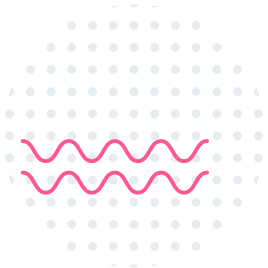

Get the IT stuff done that nobody wants to do.
Patch more applications, achieve compliance, and prevent problems while reducing stress with Lavawall®.
Security First
A security tool by security auditors. From Passkeys and Argon2i to source validation and MVSP principles, Lavawall® has you covered.
Constant Improvement
More features and more security added nearly every day.
More patchable programs added every week
While Ninite and other patching tools have had the same patch offerings for decades, we're monitoring stats to keep adding the most useful prorgams.
Details matter
From wrapping TLS communications in extra encryption and uninstalling remote support tools when they aren't used to detailed statistical analysis of system and network performance, Lavawall® goes in-depth.
Chromium extensions and Notification Validation
Lavawall®p; goes beyond patches and breach detection. We also monitor for risky Chromium extensions and allowed notifications that might be part of a phishing or ransomware attack.
Extended Cloud Security
Extend the security features of Cloudflare, Microsoft, Google, Sophos, and other cloud providers to create a Lavawall® of protection
Secure Remote Management
Even if you used breached remote management tools like ScreenConnect through Lavawall® when it was vulnerable, your computers stayed safe because we only install the agent when it needs to be used.
Integrations and automation
Easily deploy, monitor, and analyze security tools like Huntress, AutoElevate, and Sophos. Magically gain details from ZenDesk, ConnectWise, Datto, Panorama9, Microsoft, and Google.
Human and automated support
Get immediate fixes, user notifications, admin notifications -- and even security-certified human level 3 support when our advanced statistical analysis confirms a problem or anomaly.
| 2025‑10‑02 | 1.0.82.360 | Processes and Packages improvements |
| 2025‑09‑23 | 1.0.79.357 | |
| 2025‑07‑16 | 1.0.42.320 | |
| 2025‑06‑13 | 1.0.14.292 | |
| 2025‑06‑03 | 1.0.2.280 | |
| 2025‑05‑12 | 0.12.77.264 | |
| 2025‑05‑07 | 0.12.76.263 | add tpm complience check and ensure consistent memory gathering in windows/linux/mac |
| 2025‑05‑05 | 0.12.74.261 | add tpm complience check and ensure consistent memory gathering in windows/linux/mac |
| 2025‑04‑23 | 0.12.68.255 | Uninstallation and update refinements |
| 2025‑04‑17 | 0.12.66.253 | Reliability improvements |
| 2025‑04‑15 | 0.12.65.252 | |
| 2025‑03‑27 | 0.12.64.251 | Add efficiency to package management system |
| 2025‑03‑10 | 0.12.60.247 | |
| 2025‑03‑04 | 0.12.58.245 | |
| 2025‑03‑03 | 0.12.57.244 | Add TPM complience check and ensure consistent memory gathering in windows/linux/mac |
| 2025‑02‑28 | 0.12.56.243 | Windows RAM reporting and persistent scalability framework enhancements |
| 2025‑02‑27 | 0.12.55.242 | Battery health refinements |
| 2025‑02‑26 | 0.12.54.241 | Add battery health statistics |
| 2025‑02‑26 | 0.12.53.240 | |
| 2025‑01‑29 | 0.12.35.222 | Risk score refinements |
| 2025‑01‑17 | 0.12.29.216 | Enhanced compliance and non-standard AV |
| 2025‑01‑13 | 0.12.28.215 | Improved process graphs |
| 2025‑01‑07 | 0.12.27.214 | Antivirus details, compliance |
| 2024‑12‑27 | 0.12.24.211 | |
| 2024‑12‑02 | 0.12.19.206 | |
| 2024‑11‑22 | 0.12.18.205 | |
| 2024‑10‑30 | 0.12.8.195 | Mac update refinements |
| 2024‑10‑25 | 0.12.3.190 | |
| 2024‑10‑21 | 0.12.0.187 | Macos implementaiton, linux and windows improvements |
| 2024‑10‑16 | 0.11.128.186 | Linux stats and system information improvements, improvements for application shutdown |
| 2024‑09‑12 | 0.11.113.171 | CPU Optimizations and Packages reliability improvements |
| 2024‑09‑05 | 0.11.106.164 | Phased deployment enhancements |
| 2024‑09‑04 | 0.11.103.161 | |
| 2024‑09‑02 | 0.11.102.160 | CPU Optimizations and Packages reliability improvements |
| 2024‑08‑30 | 0.11.99.157 | CPU Optimizations and Packages reliability improvements |
| 2024‑08‑29 | 0.11.98.156 | CPU utilization and console event optimization |
| 2024‑08‑28 | 0.11.97.155 | Reliability to detect unusual updates like redistributables. |
| 2024‑08‑27 | 0.11.96.154 | |
| 2024‑08‑26 | 0.11.95.153 | Faster response for reboot requests |
| 2024‑08‑20 | 0.11.92.150 | Additional package upgrade pre-requisites |
| 2024‑08‑15 | 0.11.89.147 | |
| 2024‑08‑06 | 0.11.87.145 | |
| 2024‑07‑26 | 0.11.83.141 | Add resiliency for MAC duplicates and uptime |
| 2024‑07‑25 | 0.11.82.140 | Changes to facilitate cross-platform use. Bitlocker and Windows key refinements |
| 2024‑07‑15 | 0.11.80.138 | Antivirus and temperature added to configuration checks |
| 2024‑07‑15 | 0.11.79.137 | Add configuration checks for execution policy and secure boot |
| 2024‑07‑11 | 0.11.77.135 | load balancing refinements |
| 2024‑07‑10 | 0.11.76.134 | Add additional load balancing and data residency capabilities, add randomness to recurring task timings to decrease server load |
| 2024‑07‑05 | 0.11.74.132 | changes to graph and residual work on user imporsonation |
| 2024‑07‑04 | 0.11.73.131 | Add configuration checks for execution policy and secure boot. |
| 2024‑05‑20 | 253 | Added cleanup of old .json files during a re-install |
| 2024‑05‑13 | 252 | Added apt-get update to install |
| 2024‑05‑06 | 248 | Allow restart to use /var/run/reboot-required if needrestart is not installed |
| 2024‑04‑22 | 239 | Improve internal update and version tracking |
| 2024‑04‑15 | 235 | Add support for Yum packages |
| 2024‑04‑08 | 233 | Align patching with Windows patch reporting |
| 2024‑04‑02 | 228 | Add support for needrestart |
| 2024‑03‑04 | 224 | Schedule restarts |
| 2024‑03‑25 | 221 | Add support for apt packages |
| 2024‑03‑18 | 212 | Implement release management |
| 2024‑03‑11 | 202 | Add user login monitoring |
| 2024‑03‑04 | 189 | Enhance installation reliability |
| 2024‑02‑26 | 187 | Exapand triggers to identify if the instance needs to be restarted |
| 2024‑02‑19 | 146 | Improve compatibility for non-AWS instances |
| 2024‑02‑14 | 138 | Add self-uninstall capabilities |
| 2024‑02‑12 | 135 | Enhance scheduling flexibility |
| 2024‑02‑07 | 132 | Add kernel version tracking |
| 2024‑02‑05 | 124 | Add device hash to cryptographic self-update script validation |
| 2024‑01‑29 | 107 | Enhance encryption of patch data |
| 2024‑01‑22 | 98 | Improve how available storage is calculated |
| 2024‑01‑15 | 97 | Move initial tasks from installation file to sub scripts |
| 2024‑05‑21 | 91 | Improve multi-distribution compatibility |
| 2024‑05‑21 | 79 | Improve encryption reliability |
| 2023‑12‑11 | 68 | Enhance cryptographic validation of new scripts before updating |
| 2023‑11‑20 | 62 | Add inner layer of AES encryption in case TLS inspection doesn't allow for a secure connection |
| 2023‑11‑27 | 56 | Additional base cases for resiliancy |
| 2023‑11‑20 | 54 | Additional headers added to authentication process during installation. |
| 2023‑11‑20 | 53 | Enhanced key management |
| 2023‑11‑15 | 51 | Add insecure installation parameter to allow installation in environments with TLS inspection or other machine-in-the-middle situations. |
| 2023‑11‑06 | 42 | Enhance redundant encryption during installation. |
| 2023‑10‑30 | 33 | Improve install-over compatibility |
| 2023‑10‑23 | 18 | Add reboot configuration and scheduling |
| 2023‑10‑23 | 17 | Add self-updating functionality. |
| 2023‑10‑16 | 15 | Add Linux patching information for apt |
| 2023‑10‑09 | 14 | Collect system information |
| 2023‑10‑09 | 13 | Add Linux distribution information |
| 2023‑09‑30 | 12 | Add memory monitoring |
| 2023‑09‑30 | 10 | Add hardware information |
| 2023‑09‑23 | 9 | Add AWS information |
| 2023‑09‑23 | 8 | Add customized schedule capability for configuration updates |
| 2023‑09‑23 | 7 | Add support for package monitoring using package and dpkg logs |
| 2023‑09‑16 | 6 | Add storage data configuration gathering |
| 2023‑09‑16 | 5 | Add CPU information |
Lavawall® was built from the ground up with these concerns and the Minimum Viable Secure Product requirements in mind.
Some of the controls we implemented include:
- PassKeys as the preferred primary authentication at no additional cost
- Single Sign-on using modern, maintained, and industry-standard protocols for all customers at no additional cost
- Multi-Factor Authentication as a non-negotiable default
- Encrypting communications the same way as TLS again within the TLS tunnel, so we can allow TLS inspection without breaking like Huntress or disclosing security vulnerabilities to eavesdroppers.
- Encouraging external vulnerability reports and customer testing
- Passwords checked against popular disclosed passwords, hashed before they leave your computer, and then stored using Argon2id
- Not requiring the use of passwords at all. We consider them a temporary backup authentication in case you can't use passkeys or SSO.
Lavawall® databases and front-end systems are hosted with AWS in Montréal, Québec, Canada.
We send emails through AWS in Ireland and dedicated servers in Calgary, Alberta, Canada.
We send text messages for additional identity verification through Twilio in the United States.
We store executables and pass requests through Cloudflare at your nearest edge location.
We use Cloudflare for risk management, turnstile, and web application firewall services.
We use LeadPages for landing pages.
We use Google and Facebook for analytics on our public-facing pages, but they do not have access to the console.
We integrate with third-party tools, such as Microsoft, Google, Huntress, Screen Connect, Axcient, and Datto in their respective locations. However, you must initiate these integrations through single sign-on or by enabling them in your Lavawall® console.
Active security by design
Lavawall® is under active development with the latest release on
5+
Interfaces
150+
Monitored Applications
7+
System Metrics
Actively manage your IT with Lavawall®
Patching
Updates Beyond Windows
Lavawall® prevents the 80% of breaches and failed audits due to missing patches and updates.
You can reduce application patching delays from 67 days to nearly immediate with the 150+ applications that Lavawall® monitors and patches.
Patch release monitoring
Monitor everything without having to select packages or “managed applications”
Patch impact classification
Standard and optional Windows patches
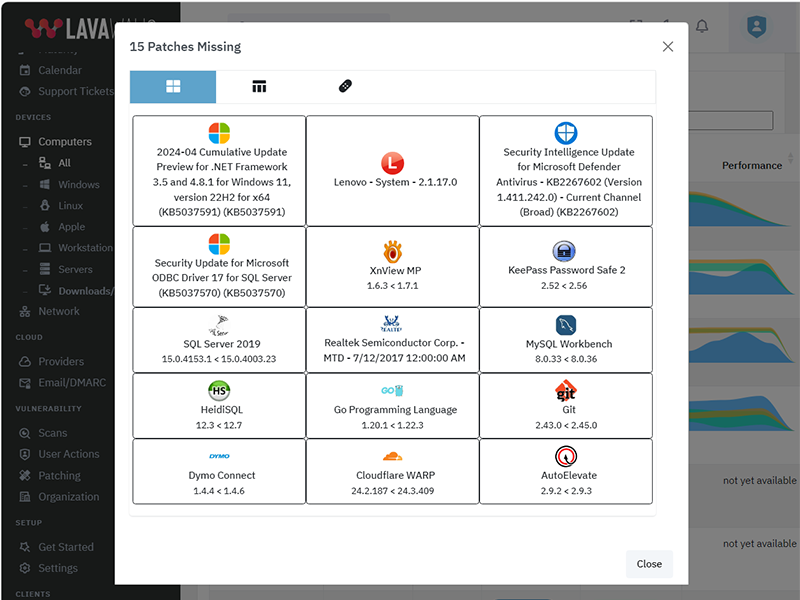
The above listing includes products that Lavawall® monitors through public information and/or proprietary statistical analysis.
Although we do have a partner relationship with some of the listed products and companies, they do not necessarily endorse Lavawall® or have integrations with our systems.
Learn More

Flexible Term; Flexible Service
Flexibility for your dynamic business
You need to get your arms around compliance and security and don't want to get locked into “high watermark” monthly invoices or multi-year contracts.
Pay-as-you-need monthly pricing
DIY, full management, and coaching options
CMMI, PCI, SOC2, Canadian Cybersecurity, Minimum Viable Secure Product, and other compliance support
Choose the plan that's right for you
Simple pricing. No hidden fees. Advanced features for you business.
Month
Annual
Get 2 months free with Annual!
DIY
Security-focused RMM
C$3.25 /computer/Month
C$32.50 /computer/Year
-
1 computer
or 1 of the following cloud integrations:
AWS, Axcient, Connectwise, Datto, Google, Huntress, M365, Sophos Central integrations
(each integration counts as 1 computer) -
150+ application patches
-
30-day Logs
-
Security configuration monitoring
-
Anomaly detection
-
CMMI, MVSP, CyberCanda compliance
-
Lavawall® support
-
Sophos MDR: C$13.50/desktopSophos MDR: C$162/desktop
-
Huntress: C$5.40/deviceHuntress: C$64.80/device
-
Available white-label support for end users
-
Level 3+ IT support for IT
-
Weekly IT coaching sessions
Managed Security & Support
Unlimited end-user support
C$160 /user/Month
C$1,600 /user/Year
-
1 computer/user
Additional devices charged at DIY prices -
AWS, Axcient, Connectwise, Datto, Google, Huntress, M365, Sophos Central integrations
-
150+ application patches
-
90-day Logs
-
Security configuration monitoring
-
Anomaly detection
-
CMMI, MVSP, CyberCanda compliance
-
Lavawall® support
-
Sophos MDR Essentials
-
Huntress
-
White-label email and phone support for end users
-
Level 3+ IT support for IT
-
Weekly IT coaching sessions
-
Automatic discount and upgrade to Support & Coaching after 15 users
Support & Coaching
Improve your IT performance
$2,250 /Month
$22,500 /Year
-
25 computers included
Additional computers charged at DIY prices -
AWS, Axcient, Connectwise, Datto, Google, Huntress, M365, Sophos Central integrations
-
150+ application patches
-
90-day Logs
-
Security configuration monitoring
-
Anomaly detection
-
CMMI, MVSP, CyberCanda compliance
-
Lavawall®-only support
-
Sophos MDR Essentials
-
Huntress
-
White-label email and phone support for 15 users included Additional: C$150/user Additional: C$1,500/user
-
L3 IT support for IT
-
Weekly IT coaching sessions
Frequently Asked Questions
If you can not find answer to your question in our FAQ, you can always contact us or email us. We will answer you shortly!
General Questions
- Two years after a missing Plex Media Server led to the LastPass breach, the
Remote Monitorign and Management (RMM) tools availabel for Manged IT Service Providers (MSPs)
still didn't monitor for it.
Going through industry-specific applications, we noticed many were missing from the big RMM and patching providers. MSPs, insurance providers, and organizations that put their cleints at risk need to know about these risks, which lead to the largest number of critical audit findings and breaches - After 20 years of writing the same audit findings about system configurations, Payment Card Industry (PCI) compliance, and missing patches, our technical co-founder wanted to make it easier fo avoid these findings
- The existing risk visibility tools for insurance underwriters took a shallow look at Internet-facing risks. They -- along with all businesses -- need a deeper view of the threats that could actually lead to breaches.
- Domain risks
- Operating System (OS) patches
- Application patches
- Network vulnerabilities
- Cloud vulnerabilities
- OS configurations
- Axcient*
- Cloudflare
- Connectwise Screen Connect
- Datto RMM
- FreshDesk*
- Huntress
- Microsoft 365
- Panorama9
- ZenDesk
You can use your own logo for the console and notifications. You can also use a CNAME to automatically brand your console.
Note: you cannot currently re-proxy the CNAME to Lavawall® through Cloudflare.
Privacy & Security
However, we do allow passwords and use passwords as part of the zero-knowledge encryption for your clients' sensitive data, such as Bitlocker keys and Personally-Identifiable Information (PII).
These passwords use Argon2id slow hashes with individual salts and peppers.
We have added an additional secure tunnel that mimics the TLS process within the public TLS tunnel. This extra tunnel provides authentication and privacy for the workstations and the Lavawall® servers to prevent attacks such as the one that took down Solar Winds.
Remote access is not enabled for read-only and audit situations.
Get In Touch
Have a quick question and don't want to talk? Send us a quick note with the form below and we'll reply within one business day.
NW Calgary:
ThreeShield Information Security Corporation
600 Crowfoot Crescent N.W., Suite 340
Calgary, Alberta
T3G 0B4
SE Calgary:
ThreeShield Information Security Corporation
105, 11500 - 29th St. SE
Calgary, Alberta
T2Z 3W9
Canada

